Tooth decay, also referred to as dental caries or cavities, is a widespread chronic condition impacting individuals worldwide. It results from a complex process involving the gradual breakdown of tooth structure due to various factors such as bacteria, diet, and oral hygiene practices. Understanding the fundamentals of tooth decay is crucial for upholding optimal oral health and halting its progression.
What is Tooth Decay?
Tooth decay arises when acid produced by bacteria in the mouth damages the enamel, the tough outer layer of the tooth. This acid is a byproduct of fermenting sugars and carbohydrates present in food and beverages. Over time, this acid weakens the enamel, leading to the development of cavities or holes in the tooth structure.
Early Warning Signs of Tooth Decay
Sensitivity to Temperature and Sweets:
A sudden or heightened sensitivity to hot, cold, or sweet foods and drinks may signify enamel erosion or early tooth decay. This sensitivity emerges when the protective enamel layer becomes compromised, exposing the underlying dentin.
Discoloration or White Spots:
White or chalky spots on the tooth’s surface can indicate the initial stages of demineralization, a precursor to cavities. These spots might appear slightly discolored compared to the surrounding enamel, often more noticeable on front teeth or along the gumline.
Tooth Pain or Discomfort:
Persistent or sporadic toothaches, discomfort while chewing, or throbbing pain could indicate advancing decay. As cavities progress and reach deeper layers of the tooth, they may irritate nerves and tissues, causing pain and inflammation.
Visible Holes or Pits:
Regularly inspect your teeth for visible signs of decay, like small holes, pits, or dark spots on the enamel surface. These lesions may be noticeable to the naked eye or detected during a dental examination.
Bad Breath or Unpleasant Taste:
Bacteria and decaying food particles in cavities can contribute to bad breath (halitosis) or a lingering unpleasant taste in the mouth, indicative of underlying dental issues.
Gum Recession or Swelling:
As tooth decay progresses, it can lead to gum recession, inflammation, or swelling around the affected tooth. Changes in gum appearance or texture, like redness, tenderness, or bleeding, may accompany advancing decay.
Changes in Tooth Texture:
Feeling rough or uneven surfaces on the teeth, especially along the chewing surfaces or between them, might indicate decay or erosion, possibly resulting from enamel breakdown or cavity formation.
Advanced Tooth Decay Progression
Advanced tooth decay, left untreated, advances through several stages, each marked by increasing severity of damage to the tooth structure and surrounding tissues.
- Enamel Decay: Initial demineralization and cavity formation, leading to sensitivity and discoloration.
- Dentin Decay: Penetration into dentin, heightened sensitivity, and visible cavity expansion.
- Pulp Involvement: Invasion of the dental pulp, causing severe pain and infection risk.
- Spread of Infection: Extension of infection beyond tooth roots, posing systemic health risks and potential tooth loss.
Symptoms and Effects of Advanced Tooth Decay
Advanced tooth decay exhibits symptoms like persistent toothaches, increased sensitivity, visible changes in teeth, bad breath, gum inflammation, pus formation, and decay evident on X-rays. Its effects include tooth loss, infections, chronic pain, functional impairment, systemic health risks, psychological distress, and financial burdens.
Treatment Options for Advanced Tooth Decay
Treatment involves dental fillings, crowns, root canal therapy, dental bridges, dental implants, periodontal treatment, and tooth extraction, tailored to the severity and extent of decay.
Prevention and Maintenance Tips for Healthy Teeth
Effective prevention includes proper brushing and flossing techniques, limiting sugary and acidic foods, drinking plenty of water, consuming tooth-healthy foods, using fluoride products, regular dental check-ups, and avoiding tobacco products.
By incorporating these preventive measures into your daily routine, you can promote oral health, prevent dental problems, and preserve a bright and healthy smile for years to come. Remember, consistent oral hygiene habits and regular dental care are essential for maintaining the health of your teeth and gums.
This is commonly known as dental caries or cavities, represents a prevalent chronic condition that affects individuals worldwide. Stemming from a complex interplay of factors including bacteria, dietary habits, and oral hygiene practices, understanding the basics of tooth decay is paramount for safeguarding optimal oral health and thwarting its progression.
Early identification of tooth decay signs such as sensitivity, discoloration, pain, visible lesions, bad breath, gum issues, and changes in tooth texture allows for timely intervention to mitigate its advancement.



